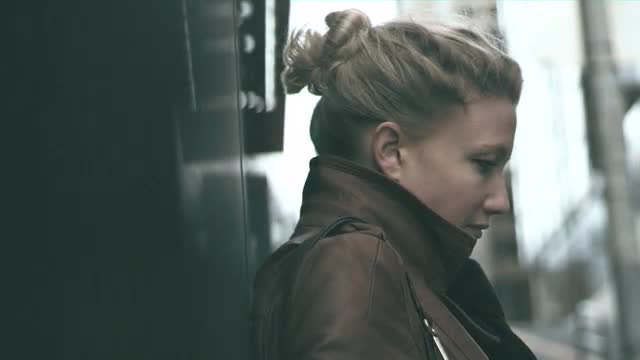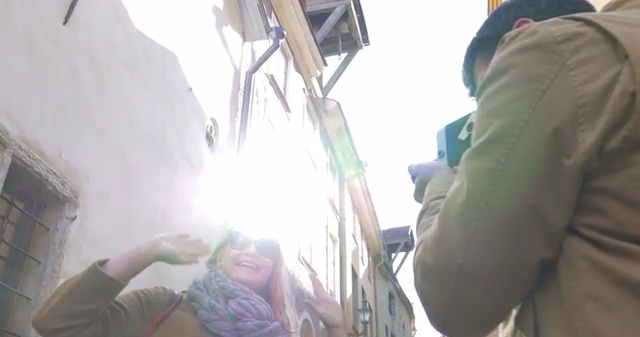Loading...
Search
> SpaceChimpPhantom Miro LC320S EDR test footage
Clip ID 14415
Creator SpaceChimp
Clearance
Proxy
Add to
Share
Add to Review Link
By Request
By Request assets are not available for immediate purchase.
mjpeg | 24.000fps | 1920x1080 | 6.68 GB
Per clip rates are for 20 seconds of final usage. If you are using more then 20 seconds or need a different file format or have questions about clearances contact us
Description
We went out on a gloomy day this past weekend to test the EDR feature on the Phantom Miro LC320s @ 600-1500fps in low light environments. I used both EDR and custom Tone settings in camera for this test and we were pleasantly surprised with the results.
*there are a few shots in the sequence where I didn't have EDR enabled... can you pick them out? Start with reading the EDR and Tone synopsis below.
My Setup:
Phantom Miro LC320S
Lens: 55 Nikor 2.8
FPS Range: 700-1500
When to use EDR?
Vision Research explains when to use EDR in lay terms on their blog: "You may have heard, or even used the old photographic analogy "just like shooting a black cat in a coal mine" when describing a difficult photo subject. Now try to imagine that same cat holding a flashlight, and you want to record at least some kind of detail in the cat and also the reflector of the illuminated flashlight. A very difficult challenge at best!" - Vision Research. Now this is very extreme example, I've found EDR to be effective in most, if not all, shooting environments for the Phantom. In the test below, it was an average gloomy day in Seattle. We went to 3rd & Marion where sky scrapers shade the already dark street. I chose a black marble wall to do many of my test shots and additionally, deliberately, asked my girlfriend to wear a black scarf. The results were rather impressive in my opinion. While grain appeared in the blacks and midtones, there wasn't any artifacting which I expected.
Okay, so what is EDR?
1.) EDR (Extreme Dynamic Range) mode sets a unique exposer time (defined in microseconds or a % of the "Exposer Time") to pixels that may become over exposed.
Vision Research provides a great description of EDR on their blog: Technically, "Assume your camera is set up for a 100 microsecond exposure (exp), and EDR is set to 25 microseconds (edr). At a certain time during the frame exposure (calculated as exp-edr) the camera will reset all pixels that are above a pre-set threshold back to that threshold and then allow all pixels to continue being exposed. This pre-set threshold is set at the factory to a level that is about midway between black and saturation." Read more @ Visit Vision Research's blog: http://focus.visionresearch.com/?p=56. 2.) "Tone" Allows manual control over the tone curve of the image. Tone curves change the shadows/highlights relationships between the original values (on X values) and resulting values (on Y axis).
Tone curves can be useful to boost midtones of the image without effecting highlights or shadows, for example. They can be used to push the darks lower, which may result in richer images when detail in the shadows are not required. There is a relationship with overall image gama, which has a predefined curve, which is equivalent of Rec709.
Credits
Jonsi and Alex. Commercial use of music is strictly prohibited without consent Jonsi and Alex
Related Footage

14433 - Pretty Blonde Woman Face Reflection
14433 - Pretty Blonde Woman Face Reflection
00:00:20 Cleared
SpaceChimp

14418 - Blonde Woman Sidewalk Reflection
14418 - Blonde Woman Sidewalk Reflection
00:00:10 Cleared
SpaceChimp

591653 - a Beautiful Blonde Woman Talking to the Phone
591653 - a Beautiful Blonde Woman Talking to the Phone
00:00:07 Cleared
Sergey Vladykin

1087296 - Blonde woman
1087296 - Blonde woman
00:00:07 Cleared
Image Source

1032535 - Woman with hair waving in the wind. Portrait against the sea
1032535 - Woman with hair waving in the wind. Portrait against the sea
00:00:11 Cleared
Grey Coast Media

516650 - Little Blonde Girl is Riding the Kick Scooter by Street Red Sneakers Close up Tilt up Woman Mom is W
516650 - Little Blonde Girl is Riding the Kick Scooter by Street Red Sneakers Close up Tilt up Woman Mom is W
00:00:29 Cleared
Andrii Shramko

695594 - MS TU Young blonde woman playing ukulele under tree / Singapore
695594 - MS TU Young blonde woman playing ukulele under tree / Singapore
00:00:08 Cleared
Asia Images Group

437398 - Man with retro camera shooting flirty blonde
437398 - Man with retro camera shooting flirty blonde
00:00:10 Cleared
Grey Coast Media